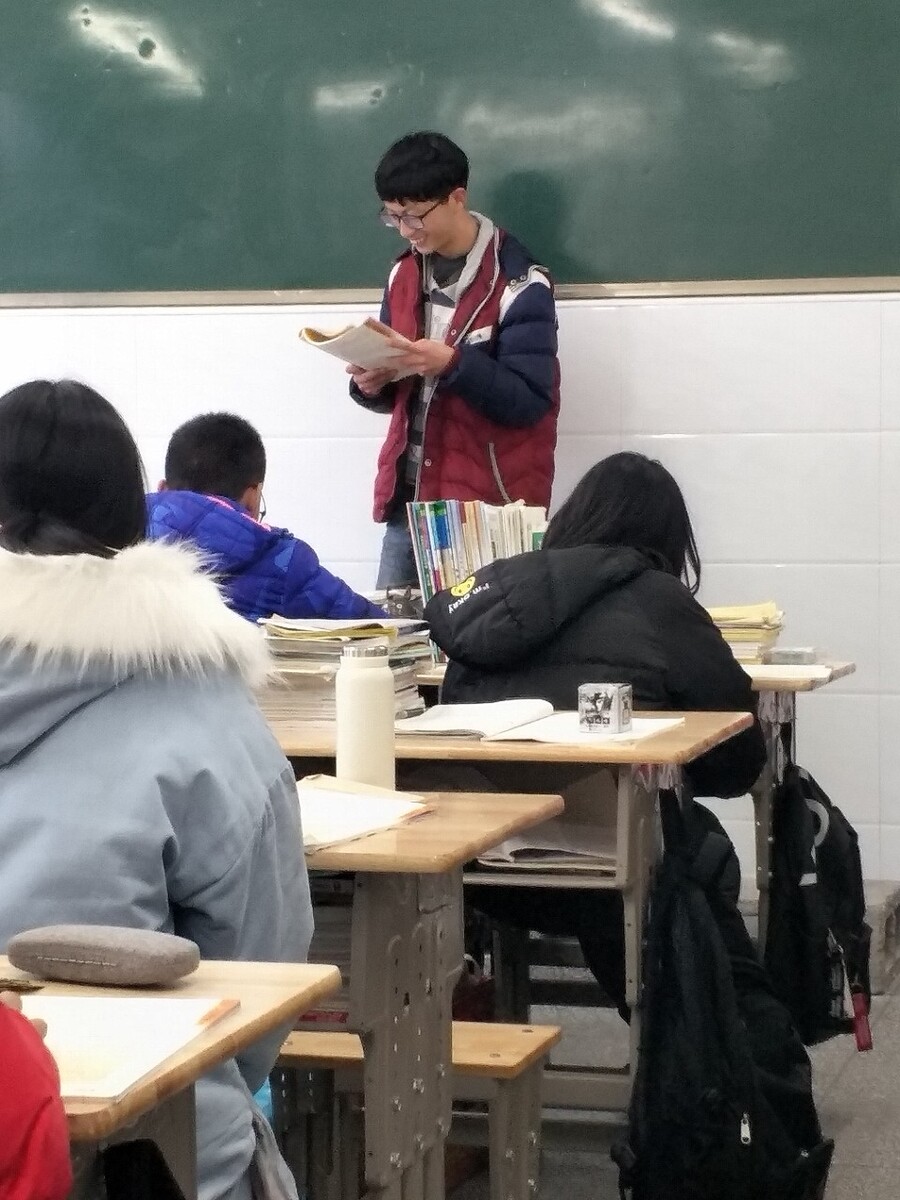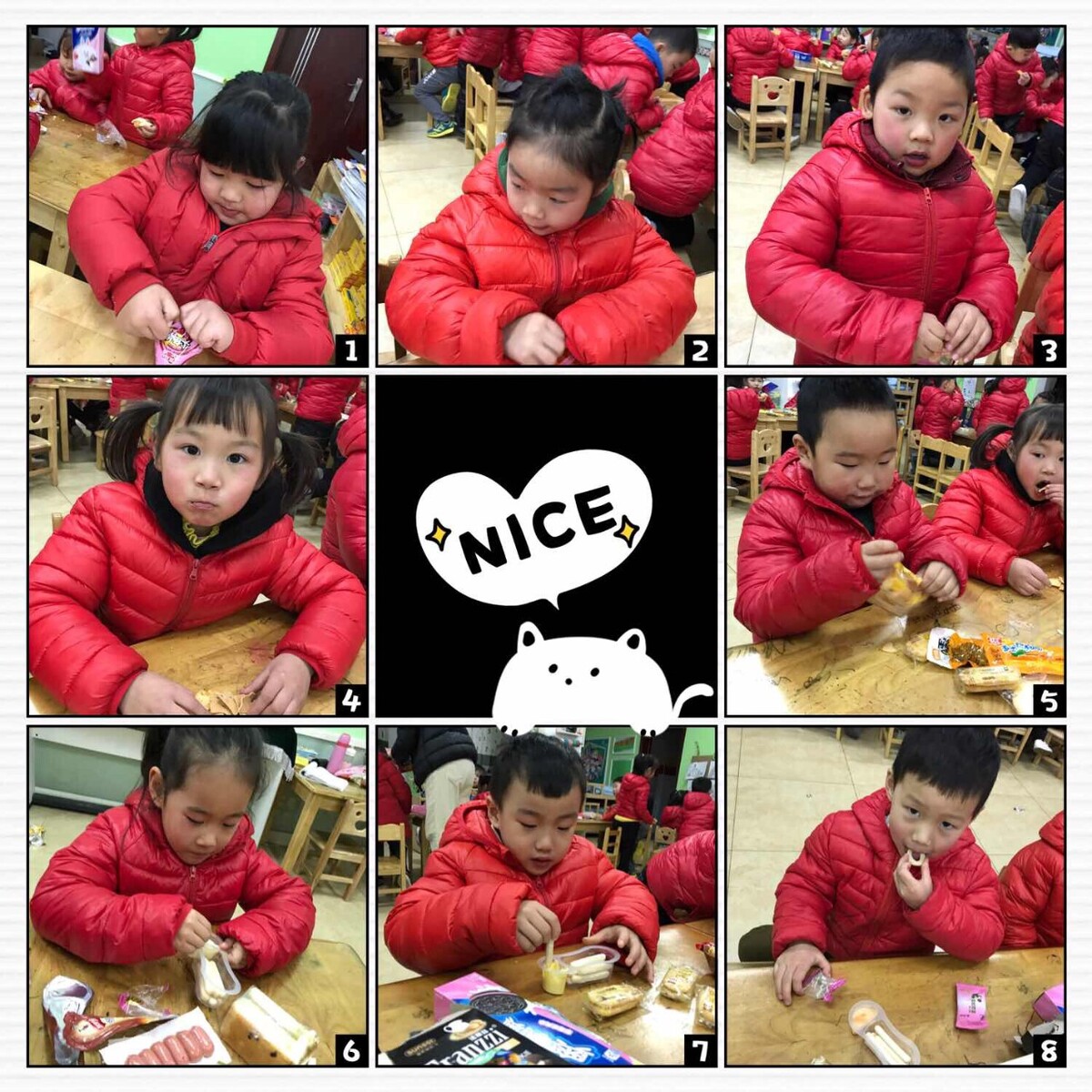本文目录一览
- 1,大学英语试讲课
- 2,15分钟的大学英语课试讲
- 3,本人要参加一所高校的英语教师的试讲比如做了第2单元的ppt在
- 4,英语试讲的教案是要全英文的吗
- 5,教大学英语要试讲 讲什么内容比较好 急
- 6,大学英语试讲
- 7,英语教案怎么写
1,大学英语试讲课

2,15分钟的大学英语课试讲

3,本人要参加一所高校的英语教师的试讲比如做了第2单元的ppt在

4,英语试讲的教案是要全英文的吗
5,教大学英语要试讲 讲什么内容比较好 急
6,大学英语试讲
7,英语教案怎么写
文章TAG:大学 大学英语 学英语 英语 大学英语试讲教案














